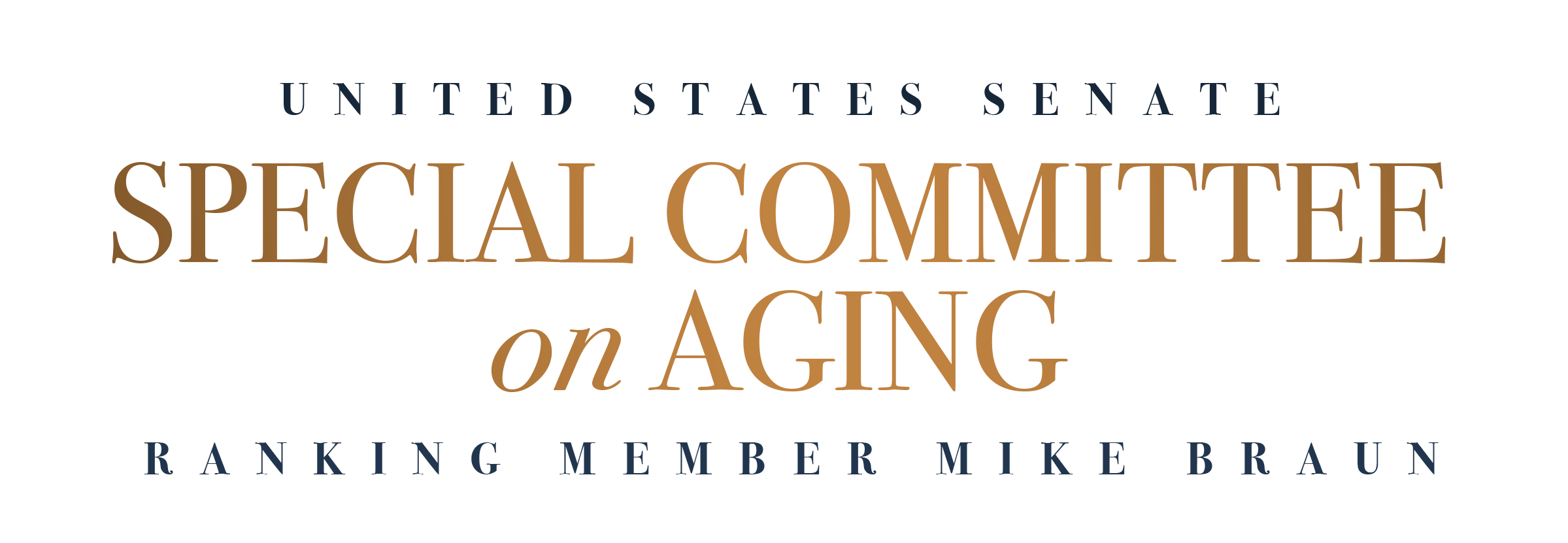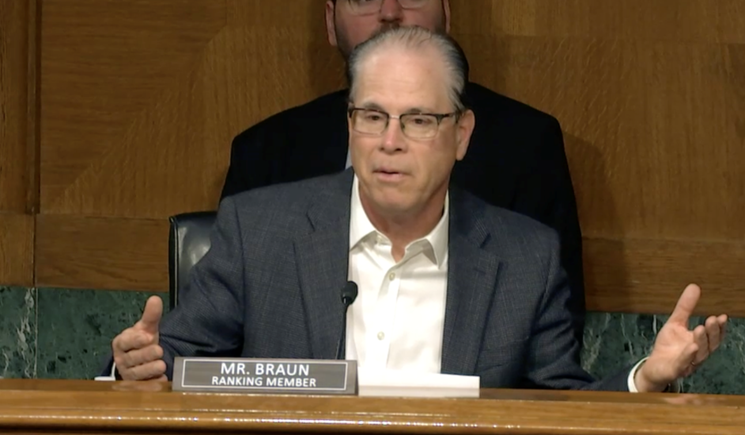Senator Braun: “More older workers returning to workforce due to rising inflation”

FOR IMMEDIATE RELEASE
April 20, 2023
Senator Braun: “More older workers returning to workforce due to rising inflation”
WASHINGTON—Today, Sen. Mike Braun, Ranking Member of the U.S. Special Committee on Aging, delivered the following opening remarks at the committee’s hearing titled Beyond the 9 to 5: Dismantling Barriers and Building Economic Resilience for Older Workers. With nearly 40 years of experience running a business on Main Street, Sen. Braun understands the crucial role that older workers have in our economy. During the hearing, he highlighted the rise of older workers returning to the workforce due to high inflation, and the need to preserve economic opportunities for aging workers, like the gig economy.
Remarks as prepared:
Thank you, Chairman Casey and our witnesses here today.
Older workers face unique challenges that are important for us to address here today.
We will also examine proposals on how we can better support the aging workforce as it plays an ever-growing role in our economy.
Inflation and Economic Pain for Older Workers
Some retirees are finding that because of inflation, their savings and Social Security checks aren’t enough to keep up with rising prices.
43 percent of older Americans that are considering rejoining the workforce say they’re doing it because of inflation.
Looming over this economic crunch is the threat of recession as rising interest rates take a toll.
Older workers, including many hardworking Hoosiers, are struggling to make ends meet.
Almost half of older Americans have spent emergency savings and over a quarter have depleted a retirement or savings account.
Older Americans worried about their retirement savings now have to fear the administration’s Environmental, Social, and Governance (ESG) rule.
This rule from the Biden administration allows fiduciaries to invest based on political factors rather than focusing solely on financial factors.
ESG investing policies have been shown to have worse rates of return with higher fees.
I led the bipartisan challenge against this rule but the President used his first veto to reject it.
The best way to help older workers is to stop the reckless spending and heavy-handed regulations weighing so heavily on the economy.
Economic Opportunities
Older workers’ labor force participation has still not recovered to pre-pandemic levels.
Fortunately, employers are increasingly trying to hire older workers for their experience, work ethic, and to reduce labor shortages.
This trend hopefully reflects a decline in age discrimination.
Trends also show how older Americans are increasingly turning to the gig economy to supplement their income and find flexible arrangements.
Older workers make up almost 40 percent of independent contractors.
Older Hoosiers are working independently in a variety of fields, such as truck drivers, consultants, electricians, and seasonal workers.
Independent work provides them an opportunity to earn, stay connected to the community, and even improve their health.
The administration’s proposed independent contractor rule would restrict these opportunities by reclassifying independent workers as employees, leading to substantial job losses.
I led a bicameral letter with 46 of my colleagues urging the administration to scrap this rule.
I fear the administration’s plans for this rule given the nomination of Julie Su to be Secretary of the Department of Labor and her role in passing a similar law in California.
I look forward to learning more about how we can better support older workers under difficult economic conditions.
Thank you, Chairman – I yield back.
###
